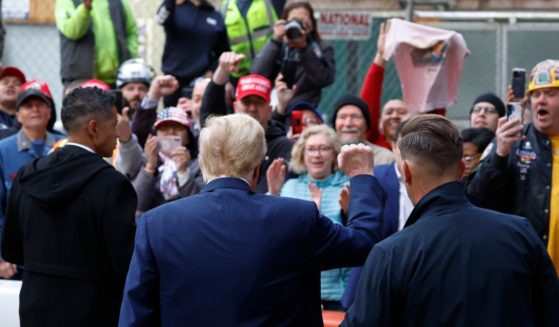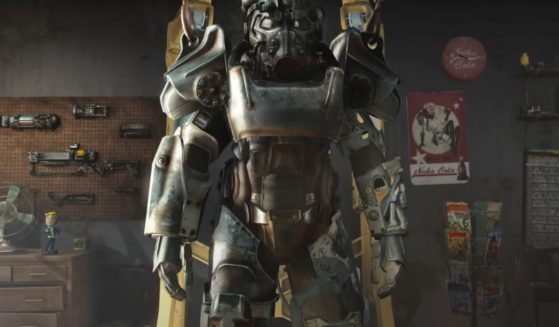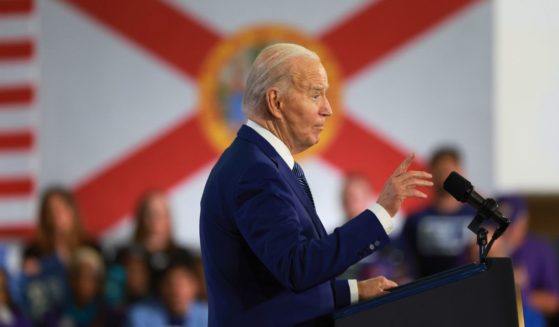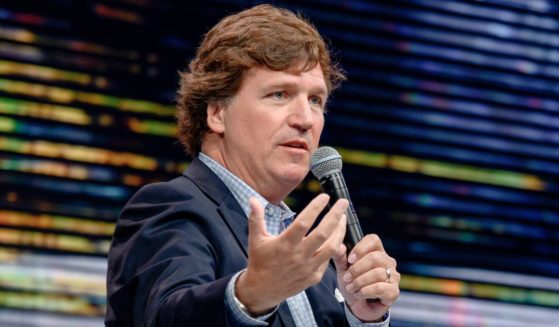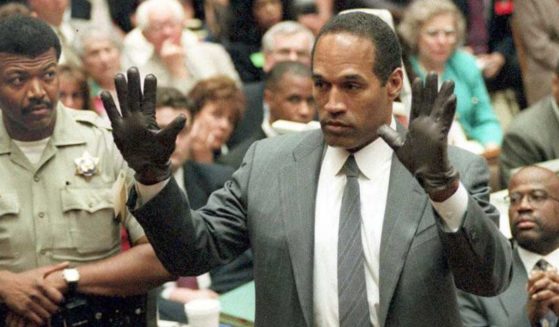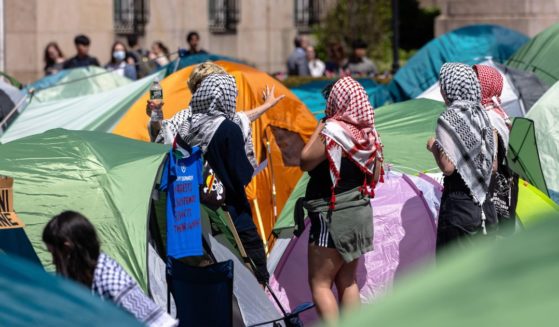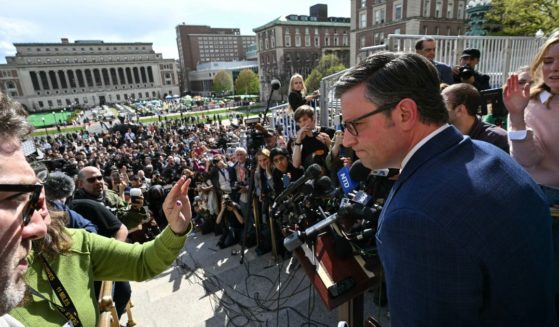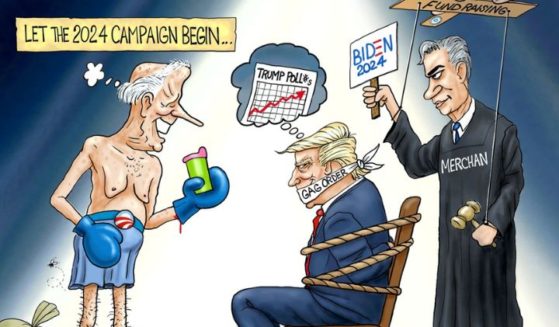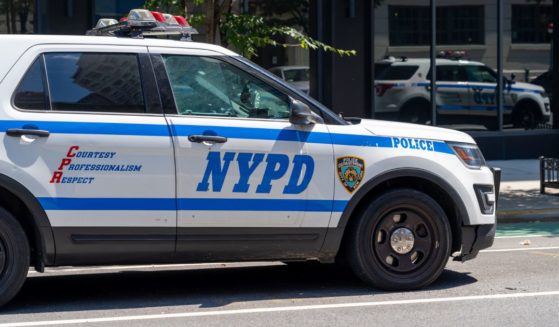Museum Staff Thought They Had a Model Egg, Then Someone Thought to Look Again
One of the exhibits at the Buffalo Museum of Science was a replica of an egg of an extinct elephant bird. That’s pretty awesome, all things considered — as WGRZ-TV noted, the flightless bird, which is something like a massive ostrich, went extinct roughly 600 years ago. Needless to say, it had a pretty large egg.
However, the curators at the Buffalo Museum of Science may not have been quite so careful in determining the artificial egg’s provenance.
As it turns out, after a collections manager realized that the “realistic” cream-colored egg didn’t seem quite right, tests discovered that the egg was actually the real deal — one of only a few dozen surviving specimen’s of what would have adorned an elephant bird’s nest.
WGRZ reported earlier this week that Zoology Collections Manager Paige Langle was updating the museum’s catalog system when she came across the egg, which was labeled as a replica.
“I opened the case and I gently picked up the egg and immediately could feel the difference and I could see the difference and the way the pitting is and the coloration,” Langle said.
“It was just this moment of oh my goodness…I think it’s real.”
“When I saw the egg, it was so much bigger than any other eggs in our collection,” she told the Buffalo News. “It had so much detailing and pitting, and the color was beautiful. It looked too realistic to be a model.”
Giant, intact egg of the extinct elephant bird found in Buffalo museum. https://t.co/UT8jqoP5M5
— Smithsonian Magazine (@SmithsonianMag) April 23, 2018
The egg weighs 3.5 pounds and is 12 inches long and 28 inches in circumference — quite hefty for a regular egg or a model.
According to the museum’s records, the egg was purchased in 1939 from London amidst a buying spree to fill the nascent museum with artifacts during the first decade in which it was open.
When @buffaloscience needed help confirming whether an item in their collection was a cast or an actual elephant bird egg, they turned to @BuffaloArtCon & AIC PA Jiuan Jiuan Chen for answers: https://t.co/dwC6zzcJrg pic.twitter.com/MyPfL9yNSx
— AIC & FAIC (@conservators) April 25, 2018
Director of Collections Kathryn Leacock said that staff at the museum would write wish lists of what they wanted and the museum would try to fill their wishes.
“The person working on the bird hall wanted an elephant bird egg,” Leacock said. And thus he got one — although somewhere along the line, it got labeled a model.
“You can see these little white specks so we hypothesized that it actually was fertilized,” Leacock added.
The egg is partially fossilized, which is why it’s survived so long. At the moment, there are less than 40 elephant bird eggs left intact in institutions.
In fact, the egg is the reason why the elephant bird went extinct. Its habitat was limited to the island of Madagascar, where its eggs would be eaten by the locals.
“This egg is the equivalent of about 150 chicken eggs,” said Leacock. They’re also the largest eggs laid by any vertebrates.
Only drawings exist of the bird, which weighed between 770 and 1,100 pounds. However, now Buffalo can lay claim to one of its eggs — a priceless specimen that went overlooked for decades.
Truth and Accuracy
We are committed to truth and accuracy in all of our journalism. Read our editorial standards.

